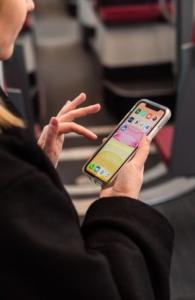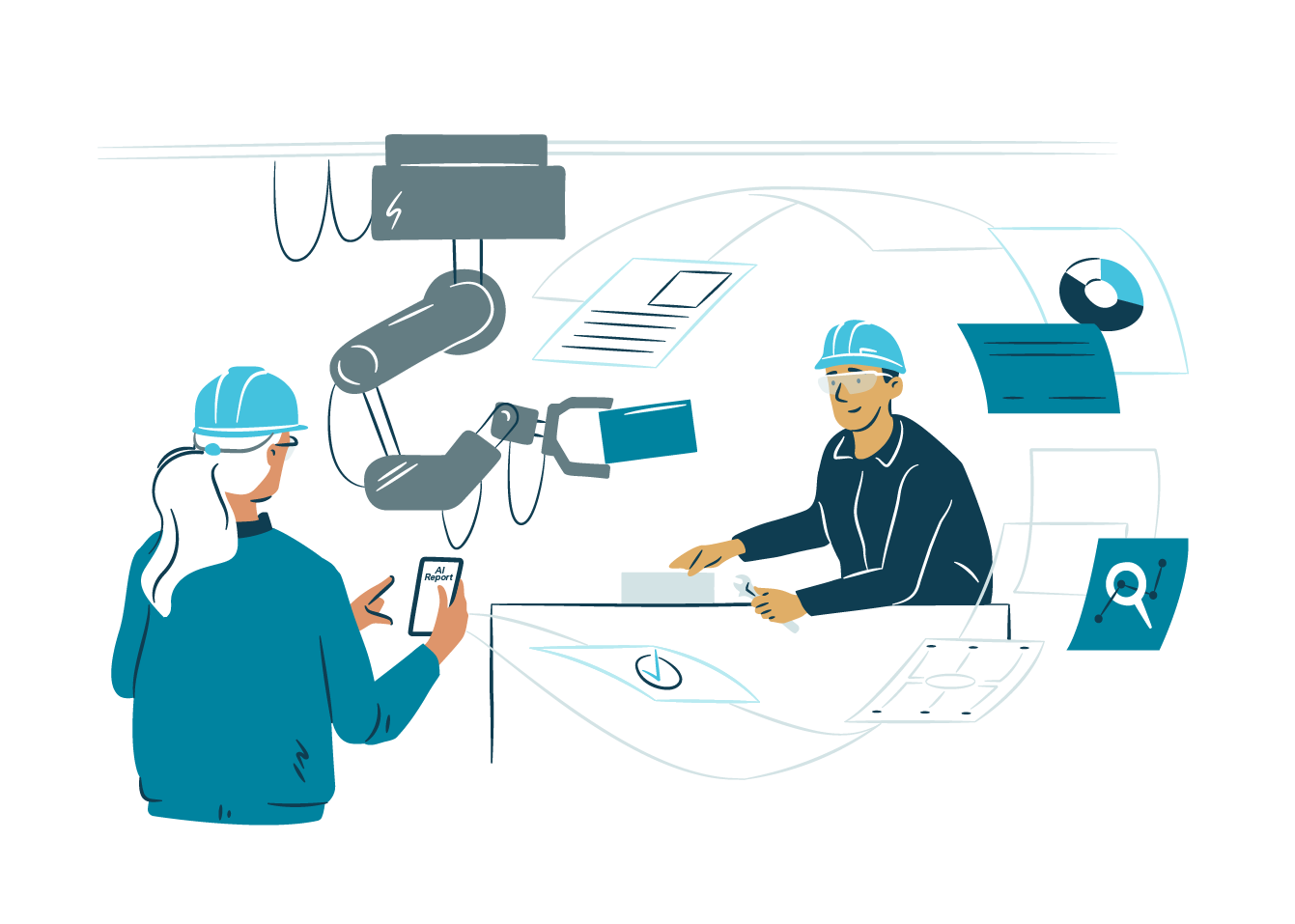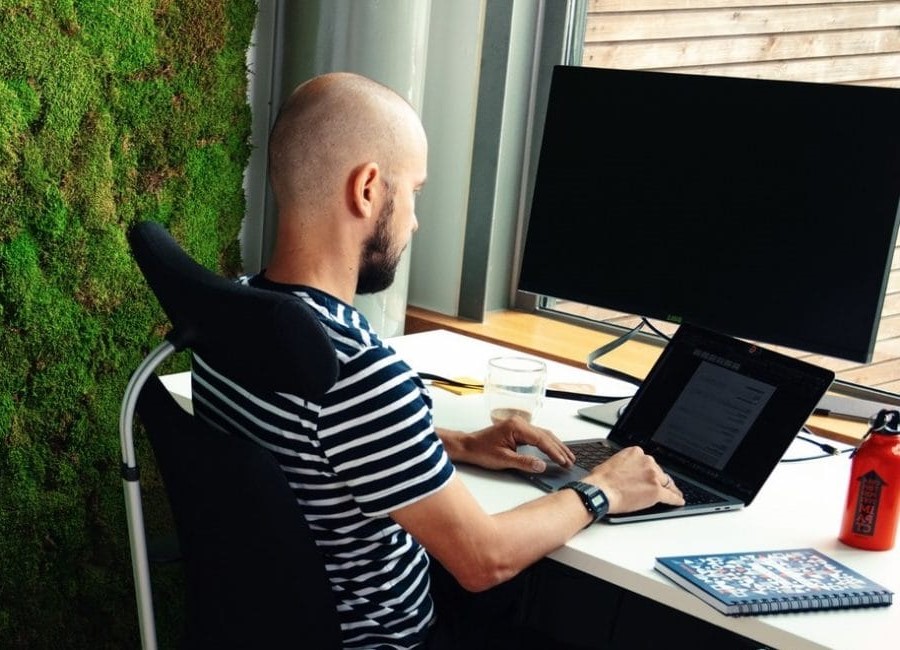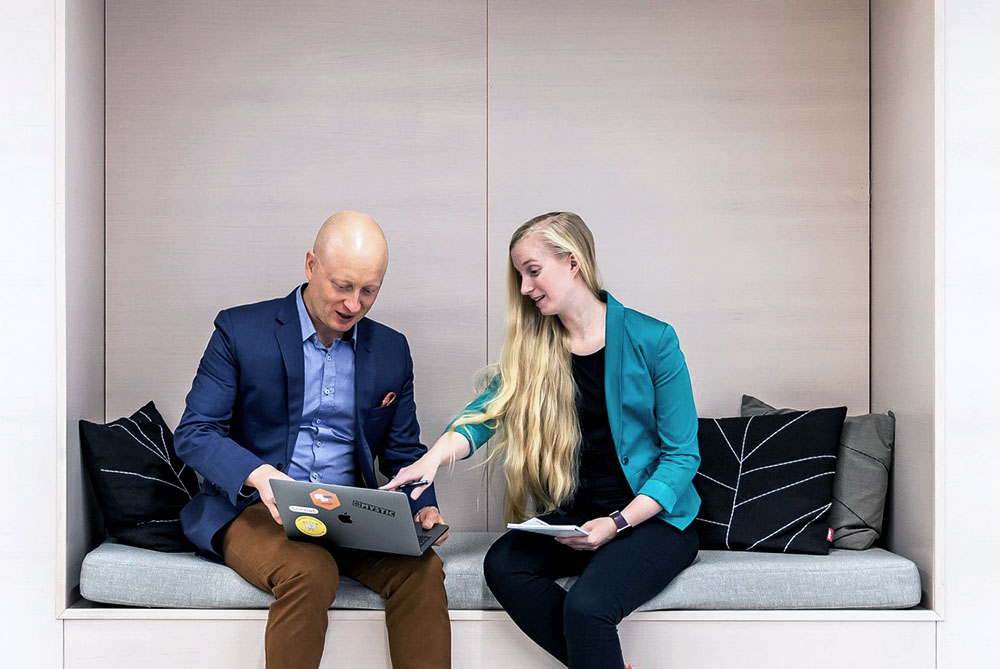I was sure I’d fail. In my earlier attempts to cut down minutes, hours and days I spend on social media, I had managed to avoid it for some time, but ended up using it either as much or even more when I allowed it back into my life. I needed another strategy.
More than anything, I wanted to understand what I was looking for in these technologies. You see, I didn’t know. What I knew was that something wasn’t quite right. That’s when I discovered digital minimalism.
Hiding in bare daylight
According to a 2011 study, 47% of the U.S. adult population is estimated to have suffered from maladaptive signs of at least one addictive disorder during the last 12 months. There are several hooks available, social media being only one of them.
Adam Alter, a professor of psychology and marketing at New York University and author of Irresistible: The Rise of Addictive Technology and the Business of Keeping Us Hooked describes each behavioural addiction to include one or many of the following elements:
- Compelling goals that are just beyond reach
- Irresistible and unpredictable positive feedback
- Sense of incremental progress and improvement
- Tasks that become slightly more difficult over time
- Unresolved tensions that demand resolution
- Strong social connections
According to Alter, any experience that a person returns to compulsively in the short term even if it has a negative impact on a person’s well-being in at least one aspect in the long term counts as a behavioural addiction. The damage can have a mixture of social, physical and financial aspects. When compared to substance addictions, behavioural addictions are easier to hide which can maintain the unhealthy situation for a long time.
Because behavioural addictions are common, it may be tempting to question the need for their diagnosis and normalize the situation. However, we need the diagnosis for comparing reality to what is normal and healthy. The big picture should scare the hell out of us, and then trigger us to action, including me as a designer. We at Gofore aim at developing ethically sustainable solutions. In the end, our values define what kind of impact we want to create in this world. What actually happens depends on the actions that stem from those values. Supporting sustainable technology use is one way of caring for humanity and taking responsibility.
What is digital minimalism
Digital minimalism offers building blocks for sustainable technology use. By definition, it is a philosophy of technology use in which you focus your online time on a small number of carefully selected and optimized activities that strongly support things you value, and then happily miss out on everything else. Cal Newport, an associate professor of computer science at Georgetown University, describes the approach in detail in Digital Minimalism: Choosing a Focused Life in a Noisy World.
The idea behind digital minimalism is to increase one’s awareness of optional technologies and to help in making deliberate decisions on what to use, for what end and how. It is about throwing a strategy at something we can’t otherwise control, knowing that there are products that are addictive by design, taking more than we intend to give.
In order to adopt the lifestyle of a digital minimalist, Newport suggests a rapid digital declutter process:
- Take a 30 days break from all optional technologies in your life.
- During the break, look for activities and behaviours that you find meaningful.
- After 30 days, reintroduce optional technologies into your life. For each technology, evaluate the value it serves. You should allow the technology back into your life only if it serves something you deeply value, is the best way to serve this value, and has a clearly defined role in your life, including information on when and how you use it.
There is an option to avoiding everything, however. It is possible to create predefined rules for selected technologies which would apply during the declutter period. It would mean using a certain technology but changing something in the way to use it. If you’re binge watching alone, for example, you could set an episode limit and ask a friend to join you. 
But why all this trouble? The declutter period is there to help you to clear your mind before rushing to conclusions about the value each technology serves. But avoiding technologies for some time isn’t the hardest part. It is being honest to yourself that can be excruciating, and that happens at the very end of the declutter period, when you return to evaluate each technology. If the technology offers you only some value, you should let it go. At the same time, you are leaving behind that part of yourself, and farewells are always hard.
My experiment
My rules were simple. No Twitter, Instagram, Facebook or LinkedIn. I moved the app icons away from my phone’s main screen so that I wouldn’t touch them out of habit. As suggested by the book, I had planned activities for those moments where I’d normally reach for my phone. Nothing fancy there. I needed these activities the most during the first week when I had to remind myself for being in charge of the situation I had put myself into.
On the third week, a disturbing thought flickered across my mind. A sense of freedom, the kind you’d feel after an escape. But was I running from technology, or myself as a user? Is there a difference?
I could tell you what I did with the time that was released by avoiding technologies, but what I find far more interesting is the evaluation process that followed the declutter period. I got stuck at the very first question of the technology screening: does this technology directly support something that I deeply value? I simply didn’t know what those values were. That part of the big picture was gone.
This was a fundamental moment. As most people, I have a narrative for each application to rationalize my usage, but there was a mismatch between my goals and behaviour I couldn’t explain away. What was most upsetting, however, was the fact that I couldn’t connect those goals to the values I care deeply about. The arrows pointed somewhere else. It didn’t end there, of course. I knew better ways to reach those goals, too. As a final punch, when it comes to living to my values, I have a long way ahead of me.
After 30 days, I re-entered social media. After a while, I raised my gaze and made a decision. I’m still here, somewhere beyond, and for now, I’ll stay.



